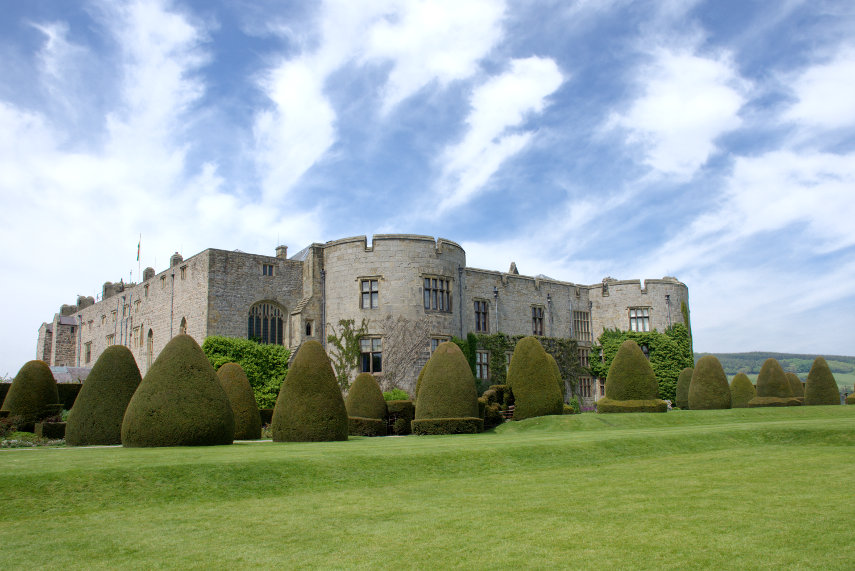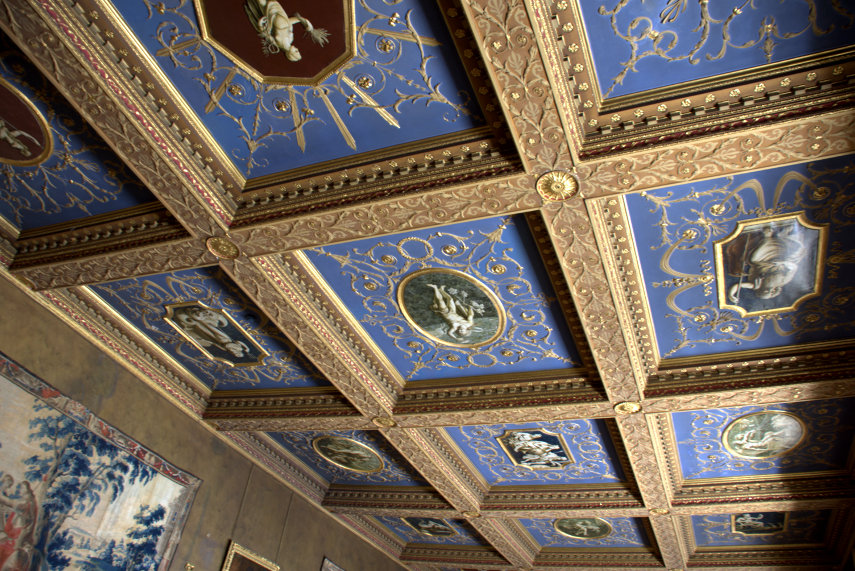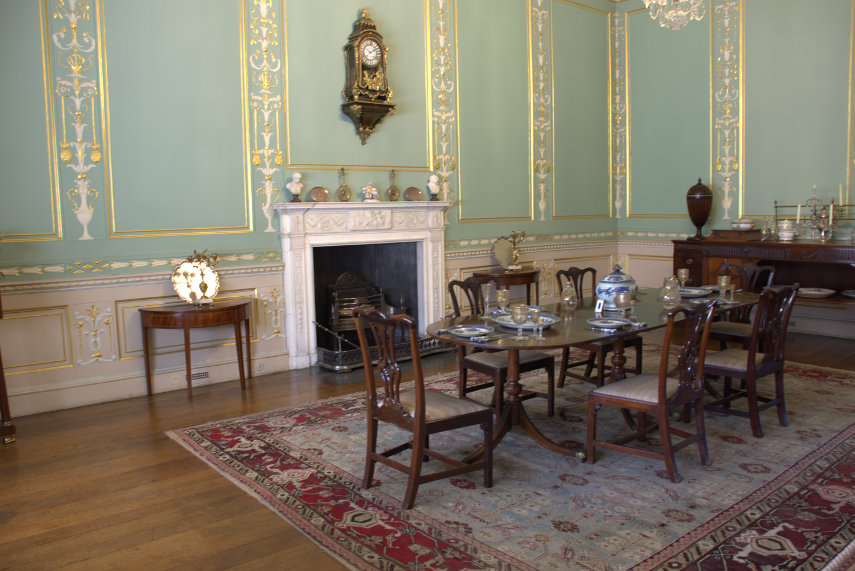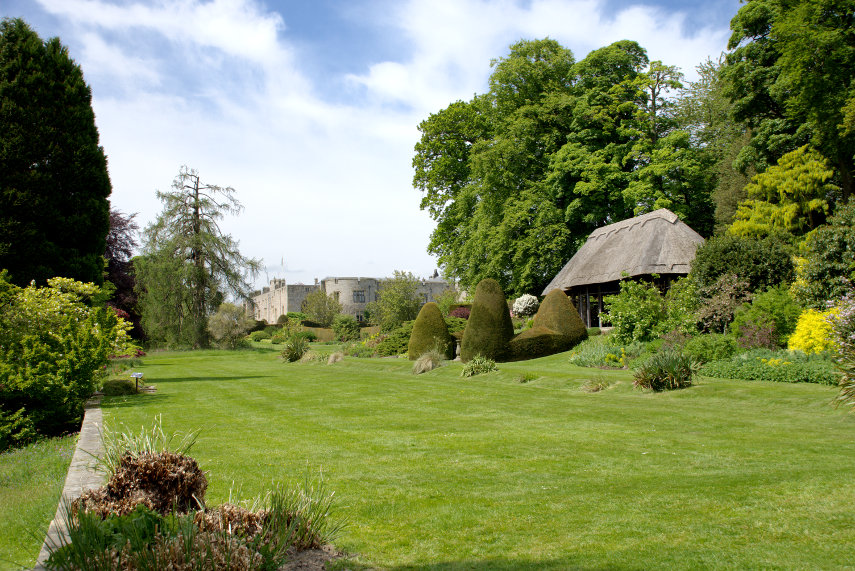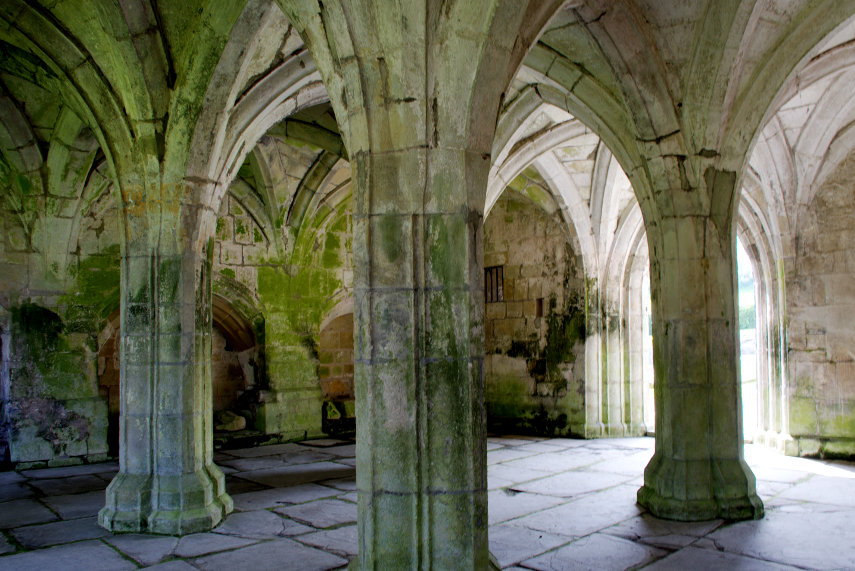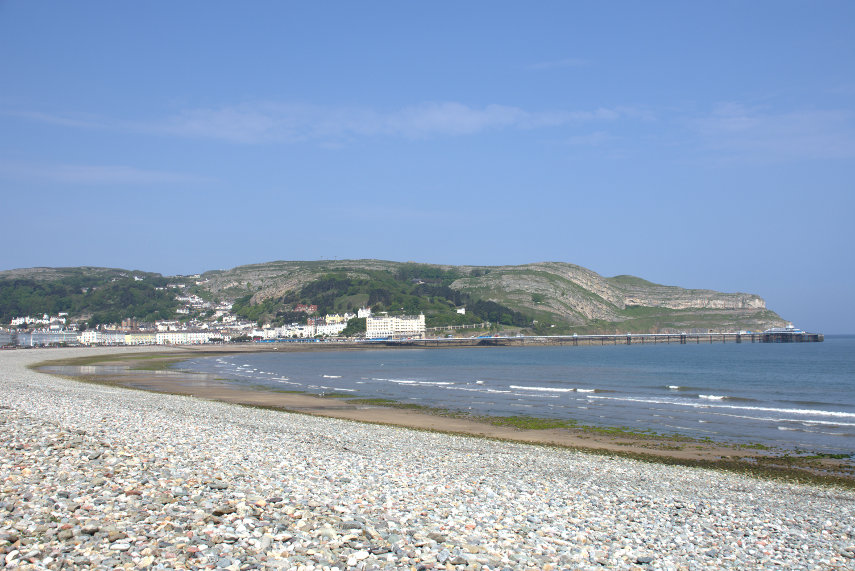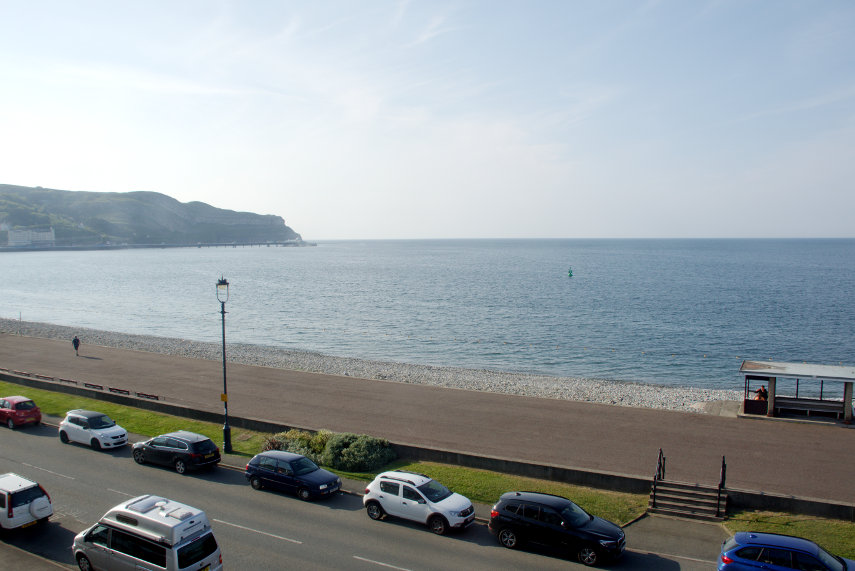From Iron to Copper – Day 3
Another morning. Another breakfast. Another sunny day. Another day trip. This is getting boring. Can I cope with all this good weather?
After breakfast we set off on a 30 minute trip to Penrhyn Castle near Bangor. This is another National Trust property and a rather unusual one at that. We arrived at the entrance without mishap and it looked a normal enough gateway.
When we caught sight of the castle it looked like a rather impressive Norman castle.
We knew, however, that this castle was built in the 19th century as a family home and not a military building at all. When we started out we were dubious that we would like a ‘fake’ norman castle but we enjoyed it very much and you will, hopefully, see why.
Penrhyn Castle was built between 1820 and 1833 for George Hay Dawkins Pennant by the famous architect Thomas Hopper. Known for his unorthodox style, Hopper opted not to follow the fashion for Gothic architecture but went against the grain choosing a neo-Norman design. Hopper’s hands-on approach also meant he oversaw the designing and building of the castle’s furniture, made by local craftsmen. In 1951 the castle came into the care of the National Trust.
Before we went inside the main building we went into the Courtyard first. The courtyard is very large and has been turned into a railway museum.
The Penrhyn Castle Railway Museum is dedicated to local narrow gauge railways. In the 19th century, Penrhyn Castle was the home of the Pennant family owners of the Penrhyn slate quarry at Bethesda. The quarry was closely associated with the development of industrial narrow-gauge railways, and in particular the Penrhyn Quarry Railway, one of the earliest industrial railways in the world. The railway ran close to Penrhyn Castle, and when the castle was bequeathed to the National Trust in 1951 a small museum of industrial railway relics was created in the stable block.
The first locomotive donated to the museum was ‘Charles’ from the Penrhyn Quarry
and this is the driver.
The rather impressive locomotive below, ‘Fire Queen’, is one of the older locomotives in the museum having been built in 1848.
This next picture shows another of the locomotives together with a gawking bystander. You can also see how they have squeezed many locomotives into this narrow gallery. The width of the gallery makes photography difficult but I managed to photograph some. Amanda is actually trying to work out how we are going to squeeze this one into our garage.
This is the actual courtyard with the locomotive gallery on the right. When we had seen enough we went through the archway at the end and walked round to the front entrance of the house.
We went into the front entrance and found ourselves in a small, short, unpretentious corridor with a door at the end. We went through that door and emerged into an entirely different space – and I mean SPACE. The first picture of the reception hall is taken from the ground floor level and the second picture from the gallery which is visible in the first.
That should give you an idea of the scale of this place. Everything is larger than life.
The main staircase is pretty amazing with just about everything featuring carved stonework. This chap must have had money to throw away.
There were some very long corridors on the upper floor like the one above which disappears off into the distance. All in all this house is extraordinary and we would quite happily visit again.
Having seen round the house we trotted off to the walled garden and on the way saw this view with lots of buttercups. Nice!
The first part of the garden is formal in design which includes this area with the pond and box hedges together with a rather strange woman who looks as though she’s about to get up to mischief of some sort.
This Azalea shrub looks spectacular.
Further down the garden it becomes informal with a natural looking pond, an observation deck and a little summer house of sorts.
That was the end of our visit to Penrhyn Castle near Bangor but it wasn’t the end of of our day. Our next destination is Anglesey; an island off the north coast of Wales.
After a short journey, which included crossing the bridge over the Menai Strait to Anglesey, we arrived at the National Trust property of Plas Newydd, parked our car and started to walk up to the house. Along the way we couldn’t help but notice this row of rather fine cedar trees with interesting fluted trunks.
The house is in a rather nice position overlooking the Menai Straits but is not as imposing as the one we have just come from but it is still bigger than ours. ![]()
This next picture shows the Menai Straits with the bridge that we used in the distance (You can just about see the bridge on the horizon).
There is plenty of parkland but not much in the way of gardens except for the small Italianate Terrace.
As far as the house goes it is a fairly standard stately home with the usual rooms.
Lord Anglsey’s study below has been left exactly as he left it and I have to say that it does look a little on the untidy side. How on earth he could find what he wanted beats me.
From here we went back to Llandudno to prepare for yet another day.

































